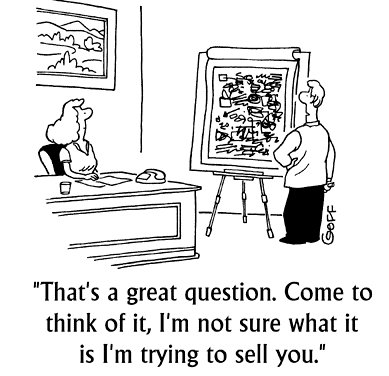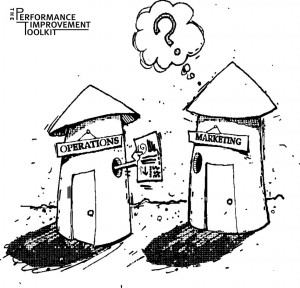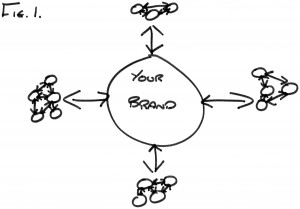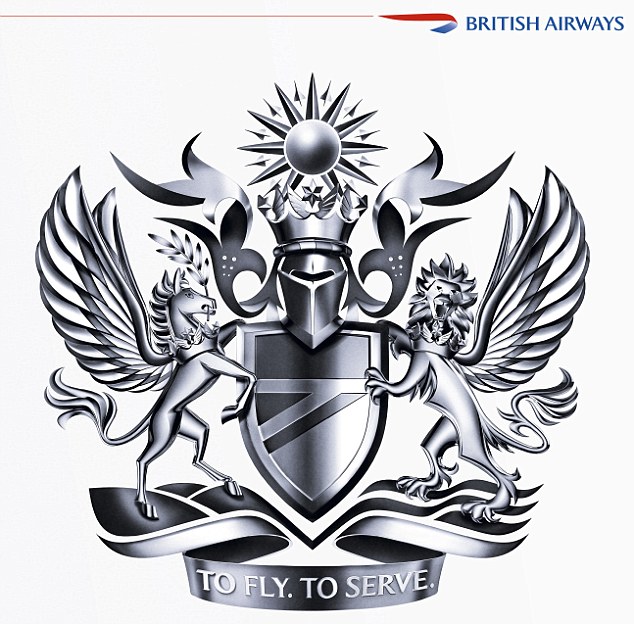On face value, I realise that would seem to be a rather dumb statement. What else are you supposed to do other than satisfy your customers? Well, the problem is, satisfied customers don’t talk. They’re satisfied, but not blown away. You’ve done a good job, but a good job isn’t enough in these competitive times.
So what do you need to do? ‘Exceed expectations!’ I hear you cry. Well, that’s good. But a bit of a cliché, frankly. It’s a phrase that’s trotted out time and again and not many people who recount it out are very good at explaining exactly how those expectations are exceeded, or indeed, what those expectations were in the first place.
So let me put my own 2 penneth worth in – if you want to exceed people’s expectations and get them talking about your brand, you need to surprise them.
Before I go on to explain, l should take a couple of steps back and explain why I’m talking about customer service on what’s meant to be a marketing blog. Well, it’s my view that exceptional customer service is the new marketing.
Look at wildly successful brands like Apple. The money’s invested in the experience – the products, the environment in which they’re showcased and the service that surrounds them – not in fancy-dan advertising. The products do the talking – the advertising just showcases them.
The fact is, the age of social media has made it more and more difficult to coat a brand with a clever marketing ‘varnish’. If you don’t deliver an experience that lives up to your promise, you’ll get found out and exposed in a very pubic way – on review sites, forums, Twitter, Facebook et al.
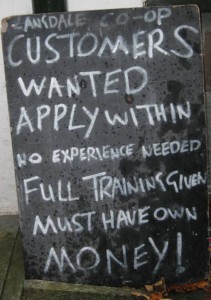 We all dream of creating fantastically clever and successful campaigns, but they’re few and far between in any industry, not just in travel and tourism. That shouldn’t stop us striving to find the message and the media that best connect our brand’s vision with the customers who are going to identify with our vision, but shifting investment to the customer experience, for premium brands at least, is the way to go.
We all dream of creating fantastically clever and successful campaigns, but they’re few and far between in any industry, not just in travel and tourism. That shouldn’t stop us striving to find the message and the media that best connect our brand’s vision with the customers who are going to identify with our vision, but shifting investment to the customer experience, for premium brands at least, is the way to go.
As I’m sure you’re aware, the biggest new business driver for any company is word of mouth. And the best way to get people talking about your brand is to surprise them. And you surprise them from doing things differently to other companies in your sector. Something they’re not expecting. Something that’s going to have an emotional impact.
Let’s be frank, that shouldn’t be overly difficult. The experience at most companies in the travel industry – be they airlines, tour operators, car hire companies – is pretty samey. And consumer expectations of the service they’re going to receive in any sector, not just travel and tourism, is not exactly stratospheric.
So let me give you an example. At Black Tomato, we used to organise ‘Back to Reality’ kits which were sent out to clients to arrive the day they got home. They consisted of a DVD and a takeaway voucher with the aim of extending the holiday vibe for one more night.
What are client expectations when they get home? A written questionnaire to fill in at best but probably no contact from their travel company at all. The ‘Back to Reality’ kit was a big surprise compared to what people were expecting. Did it get people talking? Of course it did. Not just clients but travel journalists too – plenty of PR was generated off the back of it.
But it was also great customer service – recognising an emotional low for consumers, the return from a holiday, and doing something with no obvious commercial rationale that just showed that we cared. Exceeding expectations? I’ll say.
There are companies out there that specialise in entertaining people while they wait in queues – a great piece of customer service and a great surprise for airlines to offer for busy flights. Frankly, any car hire company that didn’t bombard me with insurances I didn’t need when I got to the counter would be a pleasant surprise and would exceed my expectations. See – there’s plenty of opportunity.
So once you’ve read this article, go away and write down the experience your customers have from their first contact with you until they return home. Then brainstorm how you could do it differently. It needs to be something surprising, something which seems to have no commercial rationale (although it does – more business through word of mouth), an idea perhaps you’ve borrowed and adapted from a company outside your sector.
Once you start down this route, they’ll be no stopping you. And you have to keep innovating because today’s surprises are tomorrow’s expectations. But you’ll reap the benefits in the long term – of that there’s no doubt.
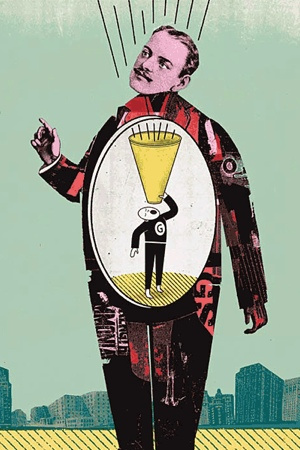 You can make this process more robust by showing it to some people who are in your target market, but then just gauge their gut reaction – don’t ask them to analyse it. It’s a false situation – only marketers analyse marketing – customers have better things to do with their lives.
You can make this process more robust by showing it to some people who are in your target market, but then just gauge their gut reaction – don’t ask them to analyse it. It’s a false situation – only marketers analyse marketing – customers have better things to do with their lives.

